Gochangeupseong Walled Town (고창읍성)
15.9Km 2025-01-07
1, Moyangseong-ro, Gochang-gun, Jeonbuk-do
+82-63-560-8067
Gochangeupseong Walled Town was built in 1453 during th reign of Joseon King Danjong to protect the city from foreign invaders. The walls were built by the local civilians, using natural resources as they were available. Also called Moyangseong Fortress, the walled town served a vital role in protecting the southern region, and was designated Historic Site No. 145 on April 1, 1965. The walls are 4~6 meters high and 1,684 meters long, with three gates on the north, east, and west walls, each protected by curved walls. Inside the large area there were 22 government buildings. Restoration work on the wall has been ongoing since 1976.
Sin Jae-hyo's House (고창 신재효 고택)
16.0Km 2024-04-07
100, Dongni-ro, Gochang-gun, Jeonbuk-do
+82-63-560-2943
Sin Jae-hyo (1812-1884) was a legendary theorist, director, and sponsor of pansori (epic chant). Sin Jae-hyo's House in Gochang was built in 1850, and visitors can observe sarangchae (main room), an old well, and a paulownia tree preserved to this day. Sin was not a singer himself but a pansori enthusiast, and he used wealth to train potential singers and contribute to the growth of pansori. He also compiled and edited six pansori madangs (operas) titled Ttoggi Taryeong, Bak Taryeong, Simcheongga, Jeokbyeokga, Chunhyangga, and Garujigi Taryeong, of which only five are passed down. To honor his contributions and passion for pansori, Dongni Gugakdang was founded behind this house.
Gochang Pansori Museum (고창판소리박물관)
16.1Km 2024-04-06
100, Dongni-ro, Gochang-gun, Jeonbuk-do
+82-63-560-8061
The Gochang Pansori Museum was established in the old residence of ‘Dongni’ Sin Jae-Hyo (a musical theorist and arranger and a sponsor of Pansori) with the aim of honoring the great Pansori singers of the past (including Sin Jae-Hyo) and preserving and developing the indigenous tradition of Pansori. Of the original rooms of the residence only Sarangchae (an annex where men used to study or welcome guests) has been renovated and is open to the public. Right next to Sarangchae is the Dongni Gugakdang (Korean Traditional Music Hall).
Over 1,000 pieces related to Pansori and great local singers are on display at the museum, included personal possessions once owned by Sin Jae-Hyo (penname ‘Dongni’). For those interested in learning more about the traditional art of Pansori music or experiencing high-quality Pansori, the Gochang Pansori Museum is a must-visit travel destination.
Stay Hwangryong[Korea Quality] / 스테이황룡 [한국관광 품질인증]
16.3Km 2024-10-30
5-3, Haengbok 1-gil, Hwangnyong-myeon, Jangseong-gun, Jeollanam-do
+82-10-7142-5646
Stay Hwangryong is a tranquil hanok accommodation where the Hwangryonggang River flows in front. The hanok surrounded by a low stone wall is divided into two sections: Sarangchae and Anchae. The broad yard with flowering trees add more beauty to the landscape. The guest rooms of Stay Hwangryong include Hwangryong, good for six guests, Sarangchae 1 and 2 that are both good for two travelers, and a Maru that is the equivalent of a living room. The modern hanok retains the traditional beauty, while having added the convenience of modern facilities. Bright lightings on the ceiling and glass windows dressed in white curtains that replaced hanji give a more trendy look. Individual heating system per room, WiFi, and air conditioning are provided. The kitchen is equipped with a rice cooker, induction cooktop, and other kitchenware for those who wish to cook during the stay. Each room has a barbecue grill for guests to enjoy. The yard with plentiful sunlight is good for small gatherings, such as family gatherings and birthday parties.
Gangcheonsan County Park (강천산 군립공원)
16.5Km 2024-04-07
97, Gangcheonsan-gil, Sunchang-gun, Jeonbuk-do
+82-63-650-1672
Gangcheonsan Mountain is surrounded by Gwangcheonsan Gwangjubong Peak (583.7 meters above sea level), Gwangdeoksan Seonnyeobong Peak (578 meters), and Sanseongsan Yeondaebong Peak (603 meters above sea level) in the area of 996beonji, Cheonggye-ri, Sunchang-gun, Jeollabuk-do. It is divided into small canyons and has an outstanding view with rocky mountains on all sides. The valley was called Gangcheon Valley because clean and clear water flows like a spring on the hard rocks, and all the mountains around it were called Gangcheonsan Mountain. It is said that in the past it was called Yongcheonsan Mountain, named after the shape of two dragons waving their tails toward the sky and ascending to heaven.
Following the Noryeong Mountain Range to Chuwolsan Mountain, it forms Gwangdeoksan Mountain and Yongcheonsan Mountain. On Sanseongsan Mountain (two dragons from the eastern sky to the western sky) that towers high in the sky, two dragons run east side by side. There are numerous peaks, some famous ones are, Yeondaebong, Undaebong, Suyeongbong, Cheonjabong, Gitdaebong, Gwangjubong, Gyeonjebong, and Songrakbong peaks. Between these two mountains is a very deep valley. Some of the famous valleys are, Yeondaegyegok Valley, Seonnyeogyegok Valley (Jeobujegol), Wondeunggyegok Valley (Yongdaeamgol), Buntonggol Pass, Jijigol Valley, Somokgol Valley, Samindaegyegok Valley (Hwangwoojegol), Giwoojegol Valley, Senyanggol Valley, Multonggol Valley, Chodanggol Valley, Ujakgol Valley, Dongmakgol Valley, Geumganggyegok Valley (Tapsanggol), Seungbanggol Valley, Byeondugol Valley, etc. The clear water flowing from every valley joins into one and the sound of the water crashing against the rocks and stones echoes throughout the valley and enters Gangcheonho Lake.
When spring comes, willows bloom, and when the forsythia and azaleas are in full bloom, wild cherry blossoms reach full bloom on every mountain peak. The clear and clean water flows continuously between the gravel along the valley. Visitors can cool off the heat in this river that does not collect moss either because it is too cold or clean. On Gangcheonsan Mountain, there are beautiful shrubs and maple trees, and the baby maples and baby squirrels announce the arrival of autumn among the seven different types of maple trees. The multiple trails on the mountain are not steep or too dangerous, making it popular regardless of age. It is also ideal for mountaineering and mountain-loving hikers. The scenery of the river with white snow and icicles attracts painters who want to capture the moment on a canvas. Gangcheonsan Mountain has four distinct seasons making it a popular destination all year round.
Damyang Safety Experience Training Center (KOSHA) (담양 안전체험장(안전보건공단))
16.6Km 2025-07-30
219 Byeongmok-ro, Geumseong-myeon, Damyang-gun, Jeollanam-do
Damyang Safety Experience Training Center offers programs to raise safety awareness by providing hands-on experiences of accidents that can occur in daily life. There are around 36 experience programs with a focus on the prevention of accidents such as fire, entrapment, and electric shock, as well as first aid. The VR zone at the center offers a vivid experience of various accidents and accident prevention measures, making the training more engaging. The educational programs are available for people of all ages.
Bujji (부찌)
16.6Km 2024-04-07
15, Seongsan 2-gil, Gochang-gun, Jeonbuk-do
+82-63-563-3626
This is a place where you can taste duck meat and the representative dish budaejjigae (spicy sausage stew). This Korean dishes restaurant is located in Gochang-gun, Jeollabuk-do. The most famous menu is sausage stew.
Herb One (정읍 허브원)
17.1Km 2024-12-03
188-29 Guryang 1-gil, Jeongeup-si, Jeonbuk-do
Herb One hosts a Lavender Festival every year during the lavender blooming period. It has over 300,000 Lavenders and 40,000 Lavandin, covering the area purple. There are also sunflowers and cosmos to please the eyes.
Jeongeup Ssanghwacha Street (정읍 쌍화차거리)
17.5Km 2025-01-09
147 Jungang 1-gil, Jeongeup-si, Jeonbuk-do
This unique street, known for its cafés selling ssanghwacha, is located along Jungang 1-gil, which is about 200 meters from Jeonbuk Jeongeup Police Station, right in the heart of downtown Jeongeup. Ssanghwacha is a traditional Korean tea made by brewing ssanghwatang, an herbal concoction that includes ingredients like white woodland peony, Chinese foxglove, angelica root, cinnamon, and licorice. Often, to cater to personal tastes, nuts such as walnuts and pine nuts, along with egg yolk, are added to the brew. This tea is particularly favored by middle-aged Koreans and is commonly consumed for its restorative properties when one is suffering from a cold or feeling run-down. The flavor is distinctively herbal with a bitter edge and a sweet finish. At the street’s entrance, a sculpture featuring a ssanghwacha teapot offers a warm welcome to visitors. The renowned Ssanghwatang Teahouse, with a history spanning over 30 years, remains a strong presence on this street, accompanied by about ten other large and small teahouses specializing in ssanghwatang. These cafés typically serve traditional Korean desserts like garaetteok (rice cake stick) and nurungji (scorched rice), which complement the herbal tea perfectly.
Chungnyeolsa Temple (충렬사)
17.8Km 2024-04-07
228-13, Chungjeong-ro, Jeongeup-si, Jeonbuk-do
+82-63-539-5184
Located in Jeongeup, Jeollabuk-do, Chungnyeolsa Temple was established as a shrine to embody the spirit of Admiral “Chungmugong” (honorific title in military) Yi Sun-Sin. He was a great national hero who led the Korean navy to victory in many naval battles using innovative ‘turtle ships’ during the Imjin War (1592-1598).
Situated in the heart of Gumisan Mountain overlooking the city of Jeongeup, the temple is the location of a memorial ceremony held every 28th of April, the birthday of Admiral Yi. The ceremony is meant to pay tribute to the memory of the naval hero and his irreproachable service to the city. Yi Sun-Sin had been appointed as reeve of Jeongeup in 1589 but soon after in 1591 he left the post to work as the chief naval officer of the Jeolla region.
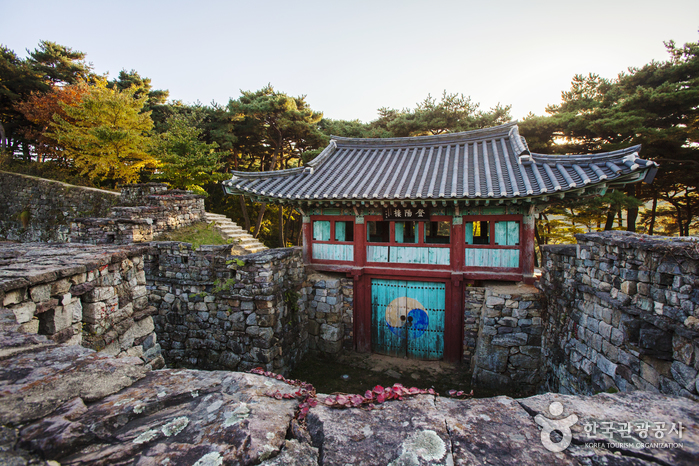
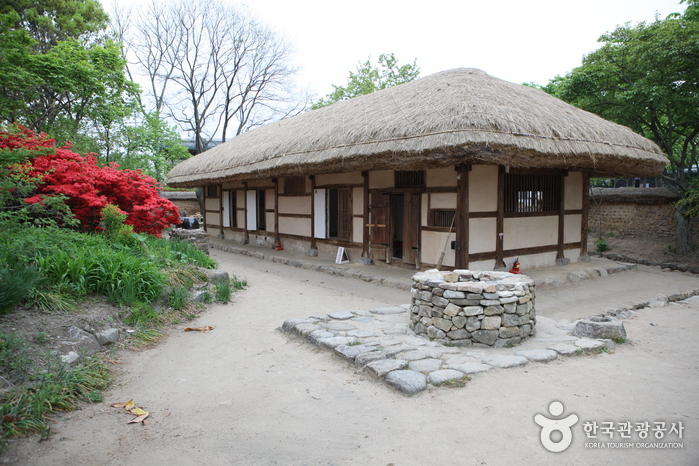
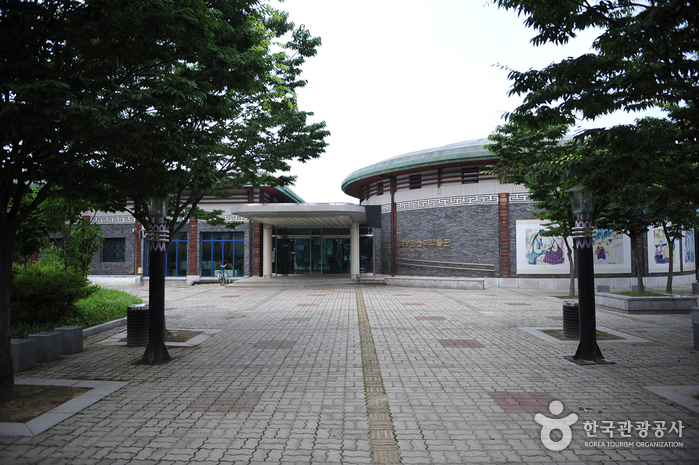
![Stay Hwangryong[Korea Quality] / 스테이황룡 [한국관광 품질인증]](http://tong.visitkorea.or.kr/cms/resource/48/2810848_image2_1.jpg)
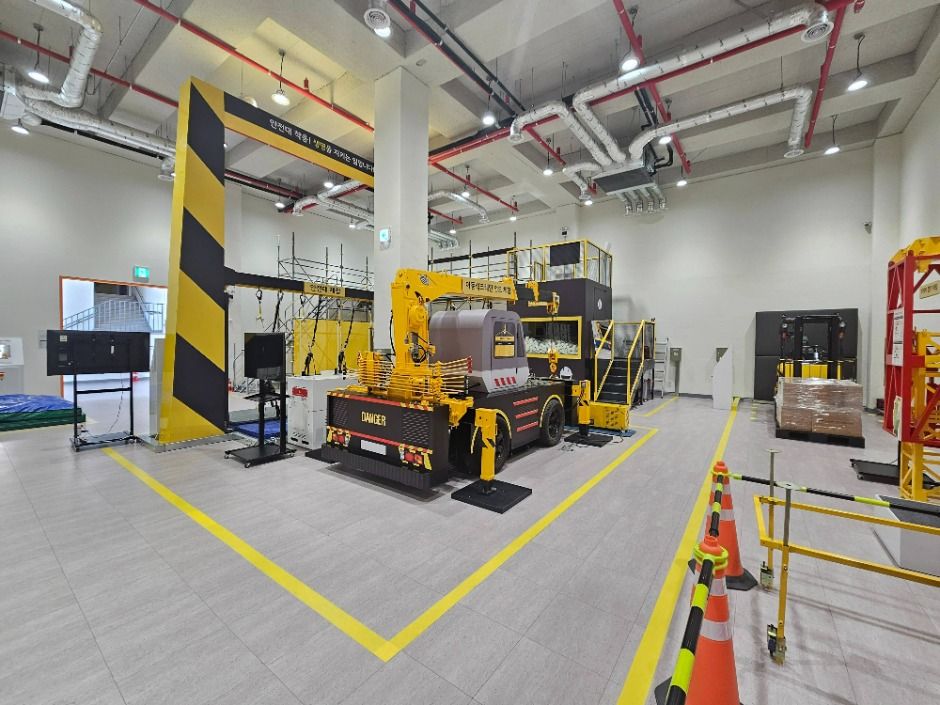
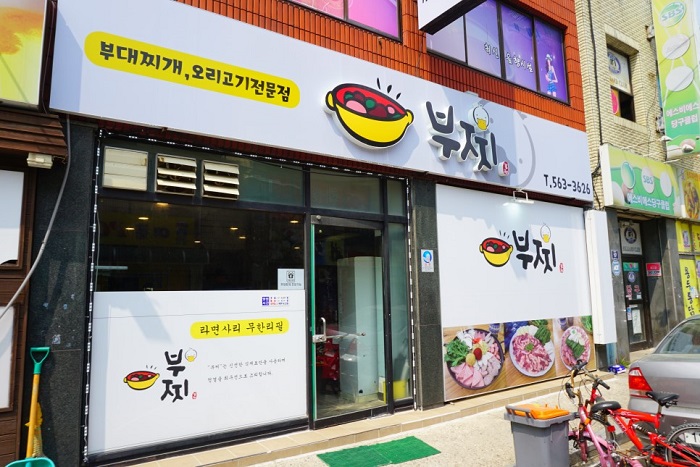
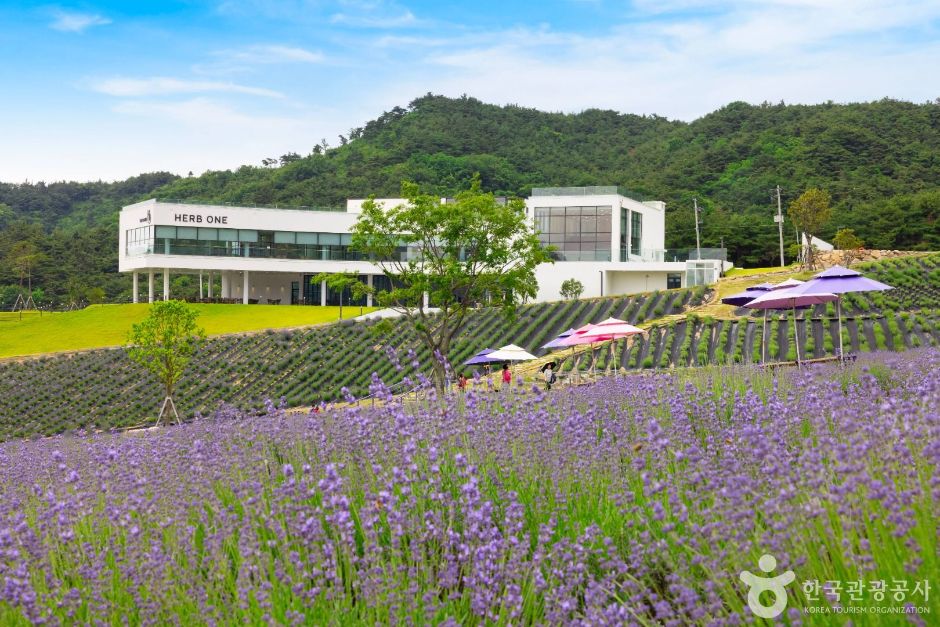

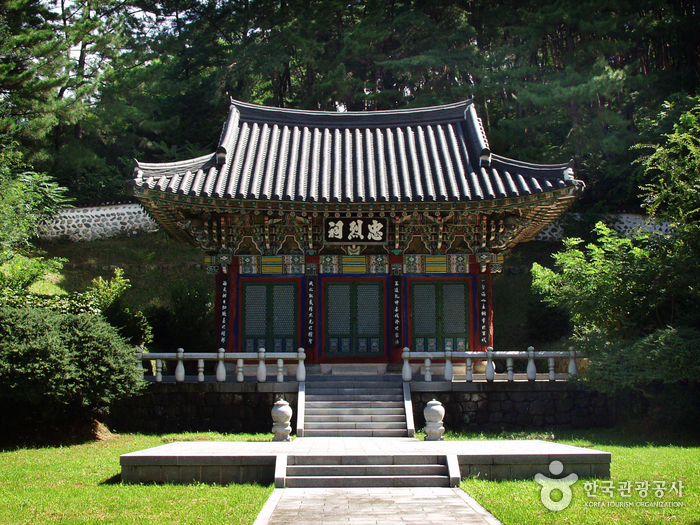
 English
English
 한국어
한국어 日本語
日本語 中文(简体)
中文(简体) Deutsch
Deutsch Français
Français Español
Español Русский
Русский